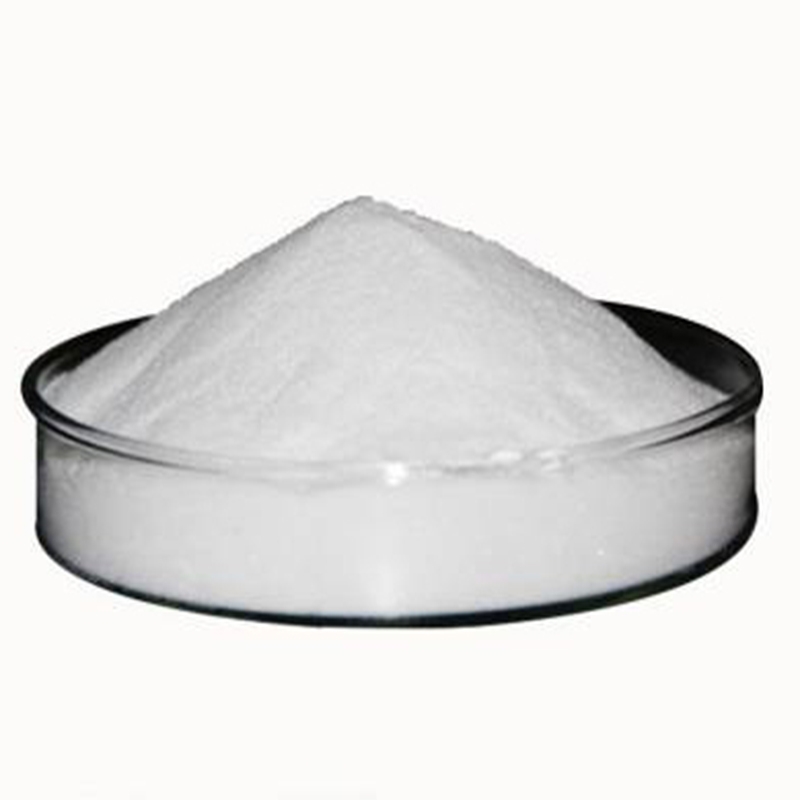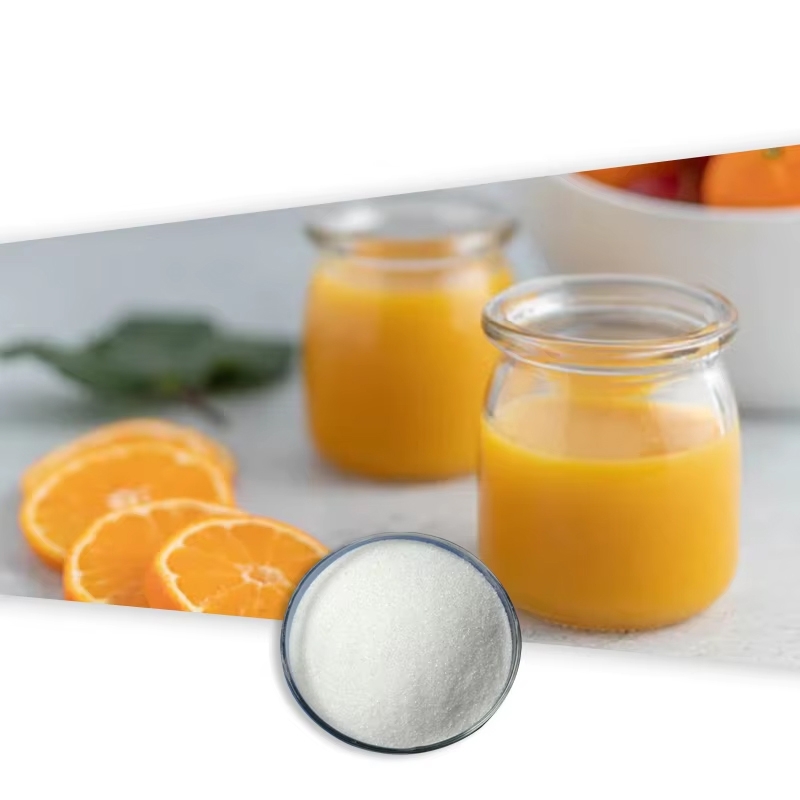-
Categories
-
Pharmaceutical Intermediates
-
Active Pharmaceutical Ingredients
-
Food Additives
- Industrial Coatings
- Agrochemicals
- Dyes and Pigments
- Surfactant
- Flavors and Fragrances
- Chemical Reagents
- Catalyst and Auxiliary
- Natural Products
- Inorganic Chemistry
-
Organic Chemistry
-
Biochemical Engineering
- Analytical Chemistry
-
Cosmetic Ingredient
- Water Treatment Chemical
-
Pharmaceutical Intermediates
Promotion
ECHEMI Mall
Wholesale
Weekly Price
Exhibition
News
-
Trade Service
After export companies complete video inspections by technical experts , sanitary conditions and other related risk assessments, Cambodian pangasius will officially enter the Chinese market
.
This news has been confirmed by the Chinese Ambassador to Cambodia
.
On December 6, Chinese Ambassador to Cambodia Wang Wentian attended the completion and opening ceremony of Cambodia’s National Highway No.
11: “China has decided to use video to conduct remote risk analysis and inspection of Cambodian longan and pangasius.
Cambodian longan is expected to be in the next harvest season.
Directly exported to the Chinese market, pangasius is expected to be on the Chinese table in a relatively short period of time
.
"
11: “China has decided to use video to conduct remote risk analysis and inspection of Cambodian longan and pangasius.
Cambodian longan is expected to be in the next harvest season.
Directly exported to the Chinese market, pangasius is expected to be on the Chinese table in a relatively short period of time
.
"
Cambodian Prime Minister Hun Sen sincerely thanked China for speeding up the quarantine procedures for longan, pangasius and other agricultural and aquatic products, and for helping Cambodia build a vaccine filling factory
.
With the China-Cambodia Free Trade Agreement and the Regional Comprehensive Economic Partnership Agreement (RCEP) coming into effect on January 1, next year, Cambodian products will open up a broader Chinese market, and China-Cambodia economic and trade cooperation will usher in more development opportunities
.
.
With the China-Cambodia Free Trade Agreement and the Regional Comprehensive Economic Partnership Agreement (RCEP) coming into effect on January 1, next year, Cambodian products will open up a broader Chinese market, and China-Cambodia economic and trade cooperation will usher in more development opportunities
.
Sok Raden, chairman of the Cambodian Aquaculture Association (CAA), said that China's opening of the import of Cambodian pangasius is a boon for farmers, but related challenges still exist
.
.
In Khmer language, Cambodian pangasius is called "Pra"
.
Raden said that a large part of the fry and feed are currently imported, which pushes up production costs and undermines the competitiveness of the products
.
"But I believe the government is already considering how to attract investors to set up feed factories in Cambodia, so as to provide farmers with a broader window to increase production and achieve profitability
.
"
.
Raden said that a large part of the fry and feed are currently imported, which pushes up production costs and undermines the competitiveness of the products
.
"But I believe the government is already considering how to attract investors to set up feed factories in Cambodia, so as to provide farmers with a broader window to increase production and achieve profitability
.
"
Sok Yorn, vice chairman of the Cambodian Fish and Vegetable Association, pointed out that at this stage, most Cambodian farmers do not understand the standards and technical conditions required for pangasius export
.
"Product export needs to pass a series of requirements such as quality, safety and hygiene, but today in our country, the breeding technology is still very primitive.
If you want to export to China smoothly, additional training is needed
.
"
.
"Product export needs to pass a series of requirements such as quality, safety and hygiene, but today in our country, the breeding technology is still very primitive.
If you want to export to China smoothly, additional training is needed
.
"
Sovann, a Cambodian pangasius farmer, told the media, “We are facing too many difficulties in the cultivation of Pra fish.
Almost 100% of the feed and fry are imported from Vietnam
.
During the COVID-19 pandemic, the price of local pangasius in Cambodia was 5,000 riel per kilo.
(US$1.
23) to 4,000 riel
.
In view of the high production costs, the government needs to formulate relevant policies to help farmers export at economically viable and competitive prices
.
"
Almost 100% of the feed and fry are imported from Vietnam
.
During the COVID-19 pandemic, the price of local pangasius in Cambodia was 5,000 riel per kilo.
(US$1.
23) to 4,000 riel
.
In view of the high production costs, the government needs to formulate relevant policies to help farmers export at economically viable and competitive prices
.
"







